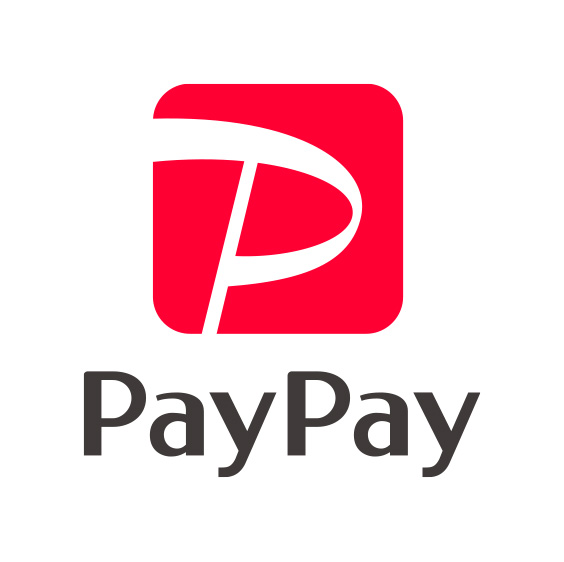Emphasizing the Convenience of Cashless Payments
In Japan, especially in urban areas, cashless payments are becoming increasingly common. QR code payments, credit cards, and electronic money (such as Suica, Pasmo, WAON, and nanaco) are widely used. Utilizing these systems can save you the hassle of handling cash and enable quick payments at many stores and services.
Introduction to Major Electronic Money Options
Suica/Pasmo
These are transportation IC cards that can be used not only for trains and buses but also at convenience stores and restaurants. For foreign tourists, short-term cards without a deposit are available.
PayPay, LINE Pay, Merpay
These QR code payment options are accepted at many stores. You need to download the app and register a bank account or credit card.
Alipay, WeChat Pay
Highly recommended for Chinese tourists. These services are widely used in China and are accepted at many stores in Japan as well.
Benefits of Adoption
Convenience
You don’t need to carry cash, reducing the risk of loss or theft.
Reward Points*
Many electronic money and payment services offer a points system where you can earn points based on your spending.
Ease at Tourist Spots
Since the Tokyo Olympics, cashless payment options have become more prevalent at tourist attractions, allowing tourists to make payments stress-free.
How to Obtain a Suica Card

At JR East Stations
Ticket Vending Machines
You can purchase a Suica card from ticket vending machines at many major JR East stations. These machines often have English language options, making the process straightforward.
Ticket Counters
While some JR ticket counters have English-speaking staff, they can be quite crowded, so using a vending machine is generally recommended.
Types of Suica
Welcome Suica
Designed specifically for foreign tourists, this Suica card does not require a deposit. You can purchase it at locations such as Narita Airport, Haneda Airport, and Tokyo Station. Unused balance can be refunded at JR East service centers.
Charging Your Suica
Ticket Vending Machines and Charge Machines
Easily recharge your Suica card at these machines found in stations.
Bank Account or Credit Card
By installing the Suica app on your smartphone and linking it to your bank account or credit card, you can recharge your Suica online.
Other Electronic Payment Methods
Pasmo

Pasmo works similarly to Suica and is usable on major private railways and subways. It can also be purchased at ticket vending machines and counters.
PayPay, LINE Pay, Merpay



App Download
Download the app from the app store and create an account.
Register Bank Account or Credit Card
Link your bank account or credit card as a payment method.
QR Code Payments
Complete transactions by scanning QR codes at stores.
Alipay, WeChat Pay
Popular among Chinese tourists. If you already have these apps, you can use them at compatible stores in Japan.
Registration
Register with personal information and payment methods, similar to how it’s done in China.
Usage Guide
Guidance at Airports and Major Stations
At international airports like Narita and Haneda, you will find multilingual signs and staff to help you understand how to use Suica and other electronic payment methods.
Tourist Information Centers
You can get similar assistance at tourist information centers in central Tokyo and other major areas.
Apps and Websites
There are English guides and apps available to help you learn how to use these payment methods.
Important Notes
Deposit
A standard Suica card requires a 500 yen deposit, but this is waived for tourist-specific services such as the Welcome Suica.
Balance Checking and Usage
Check your Suica balance at ticket gates or vending machines, and manage it via the app. You can return the Suica card at JR East counters to get a refund of any remaining balance.
By following these steps, foreign tourists can easily obtain and use electronic money in Japan, making their stay more convenient.





